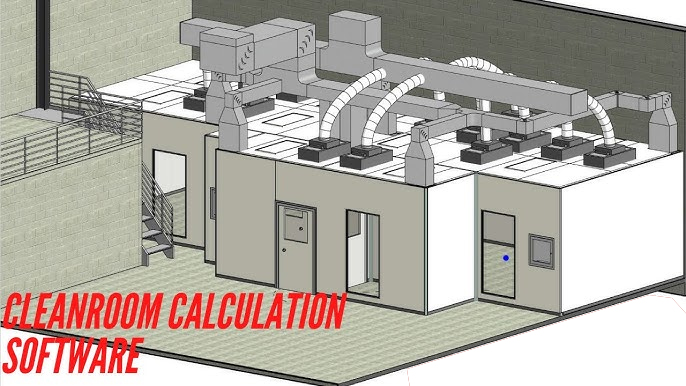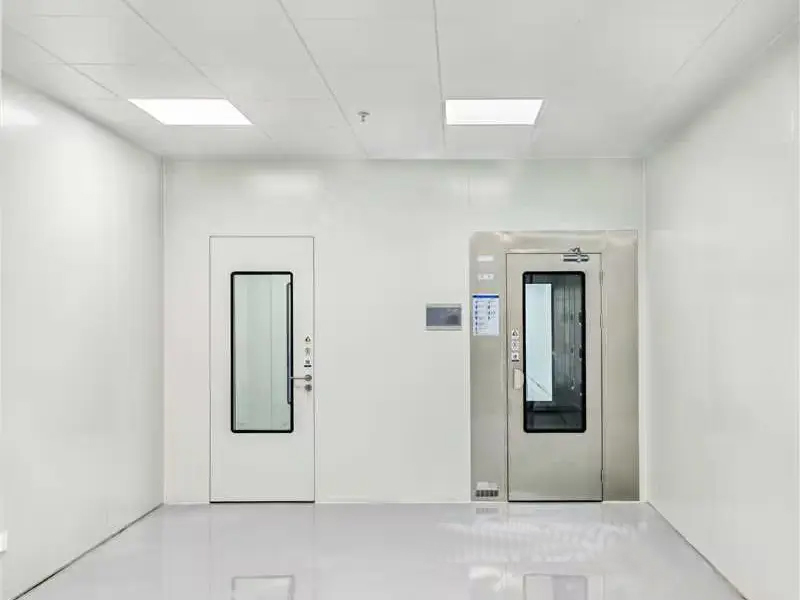Maintaining cleanliness and contamination control in Class 10,000 cleanrooms (ISO Class 7) requires the integration of specialized equipment and design strategies. These environments are critical in industries such as pharmaceuticals, biotechnology, and electronics, where even minor particle contamination can significantly impact product quality. This article explores the essential equipment and materials necessary for an effective Class 10,000 cleanroom setup.
Why Cleanrooms Matter
In sensitive manufacturing environments, a single particle of dust can ruin entire batches of products, leading to significant financial losses and potential safety issues.
Global Standards
Cleanrooms adhere to international standards including ISO 14644-1 and Federal Standard 209E to ensure consistent quality control across industries.
Air Filtration and Handling
HEPA Filters and Fan Filter Units
A cornerstone of Cleanroom design is the use of HEPA filters, essential for removing 99.97% of airborne particles ≥0.3 micrometers. Integrated into Fan Filter Units (FFUs) and typically ceiling-mounted, they provide the laminar airflow necessary to sweep away contaminants.
Air conditioning systems
Achieving the right temperature and humidity is pivotal not only for maintaining a stable and comfortable environment but also for controlling particle levels within the cleanroom.
Air Showers and Pressure Differential Gauges
Air showers serve as critical entry points, blasting personnel with filtered air to remove particles. Coupled with pressure differential gauges, these tools ensure the cleanroom maintains a positive pressure.
Personnel and Material Access
Gowning Rooms and Airlocks
To minimize contamination, gowning rooms or airlocks are used where personnel don cleanroom garments before entering. This setup is vital in protecting the controlled environment.
Pass-through Boxes and Sticky Mats
Pass-throughs are designed to transfer materials without opening main doors, thereby maintaining air stability. At entrances, sticky mats trap dust and debris from shoes.
Gowning Sequence:
- Remove personal clothing
- Wash hands thoroughly
- Put on cleanroom undergarments
- Don coverall and hood
- Put on booties and gloves
- Use sticky mat before entry
Class 10,000 Clean Room Requirements
Air Quality Standards
Class 10,000 clean rooms must adhere to specific air cleanliness standards, allowing no more than 10,000 particles of 0.5 microns or larger per cubic foot of air.
Key Metrics:
- Max 10,000 particles (≥0.5μm) per ft³
- Minimum 30 air changes per hour
- Positive pressure differential ≥0.02" WC
- Temperature: 20-24°C
- Humidity: 30-60% RH
Personnel Protocols
All personnel must adhere to strict gowning procedures and behavioral standards to maintain cleanroom integrity:
Gowning Requirements
- Coveralls
- Gloves
- Masks
- Shoe coverings
- Hoods
Behavioral Rules
- No fast movements
- Minimize talking
- No cosmetics
- Restricted entry
- Regular training
monitoring & Maintenance
Regular monitoring of environmental conditions, including particle counts, temperature, and humidity is essential. Equipment must be calibrated and maintained to ensure compliance.
Essential Cleanroom Equipment
Frequently Asked Questions
What is the purpose of using HEPA filters in cleanrooms?
They significantly reduce airborne particles, vital for maintaining required cleanliness levels. HEPA filters remove 99.97% of particles ≥0.3 micrometers in size.
Why is positive pressure important in cleanrooms?
It prevents external contaminants from entering, crucial in maintaining a controlled environment. Positive pressure ensures air flows out of the cleanroom when doors are opened, rather than unfiltered air flowing in.
What are the temperature and humidity requirements for Class 10,000 cleanrooms?
Typically, temperature should be maintained between 20-24°C (68-75°F) with relative humidity between 30-60%. These parameters protect sensitive materials and processes.
 +86 18186671616
+86 18186671616 Jason@cleanroomequips.com
Jason@cleanroomequips.com
 MENU
MENU





